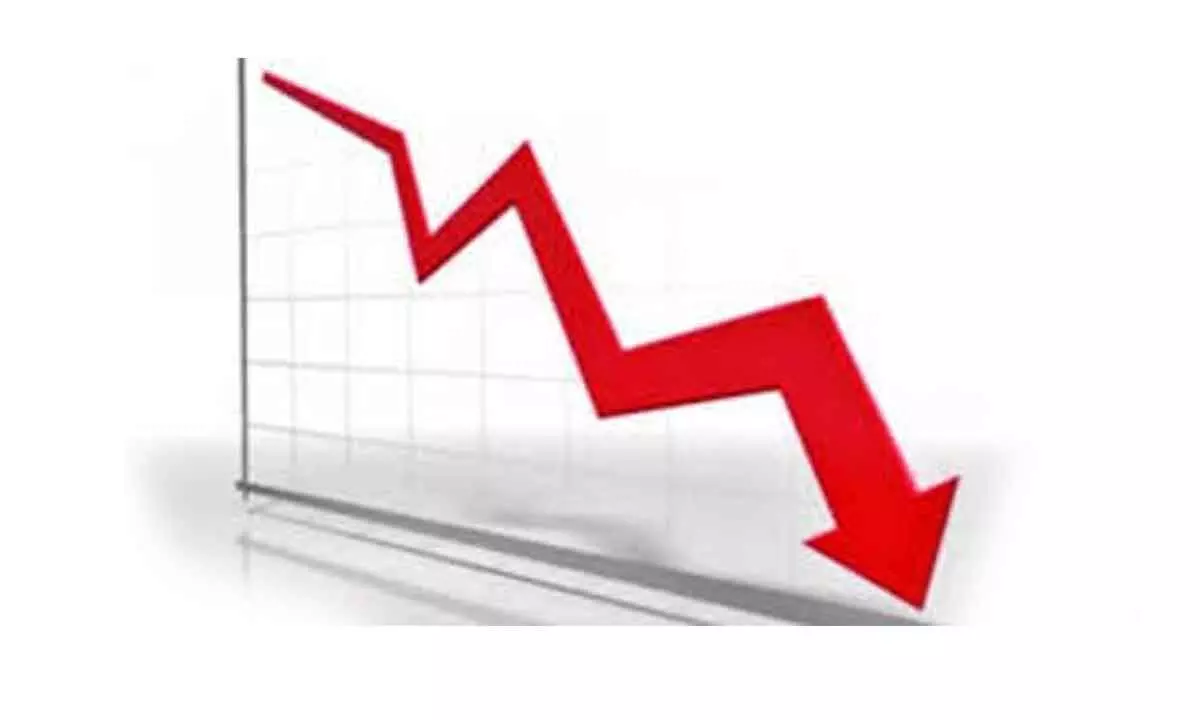Don’t ignore slippages’ threat amid fiscal deficit ‘under control’ euphoria
image for illustrative purpose

India’s fiscal deficit is under control, thanks to the healthy revenue supporting capex. However, the problem lies with the slippages that are anticipated. The Union Government's fiscal deficit rose to Rs seven trillion or 39 per cent of the FY24 BE in H1 FY from Rs. 6.2 trillion in the year-ago period, amidst an upfront of tax devolution to Rs. 4.6 trillion from Rs. 3.8 trillion a year ago. The government’s fiscal accounts for September showed that 39 per cent of the FY24BE fiscal deficit target had been met with significant growth in tax revenue. While net tax revenues rose by 15 per cent, non-tax revenues expanded by 50 per cent on the back of the RBI dividend, amidst a 10 per cent growth in revenue expenditure, and a significant 43 per cent expansion in capex. With a 27 per cent rise in corporation tax collections in September amidst healthy advance tax inflows, nearly 49 per cent of the FY24 BE had been collected, which is an encouraging trend. Moreover, half the personal income tax target of FY24 BE had been achieved in H1.
While tax devolution in September was in line with the previous month, it was 25 per cent higher than the year-ago level. To meet the FY24 BE, the GoI will have to release Rs. 5.66 trillion to States in the next six months. Moreover, higher than the budgeted dividend surplus transfer of Rs. 874.2 billion from the RBI is likely to provide some cushion to meet any undershooting in other revenues streams, including disinvestment or potential overshooting in expenses, relative to the respective BE, such as MGNREGA and LPG subsidy. Revenue expenditure declined by four per cent to Rs. 3.3 trillion in September, whereas capex expanded by 29 per cent to Rs. 1.2 trillion, the highest in any month in H1. With this, 49 per cent of the FY24 BE capex target had been achieved, which is favourable in light of the potential slowdown closer to the Parliamentary elections. No material miss is expected in FY24 capex from BE, implying 4 per cent average growth from the current pace for the rest of the year after heavy frontloading in H1.
That said, Emkay Global sees a risk of 20 bps slippage in GFD/GDP ratio to 6.1 per cent from 5.9 per cent BE, led by a weaker revenue profile. Experts foresee a risk of 20 bps slippage in GFD/GDP ratio to 6.1 per cent from 5.9 per cent BE. It will be driven by nearly 0.3 per cent pts and 0.1 per cent pts slippage in net tax revenue and divestment respectively – partly offset by a bumper RBI dividend, lower nominal GDP growth of 9.4 per cent and expenditure profile rejig/switch versus expenditure slippage. While healthy tax collections so far mean that there may not be a slippage on that front, divestment could be far lower, leading to a similar outcome.

